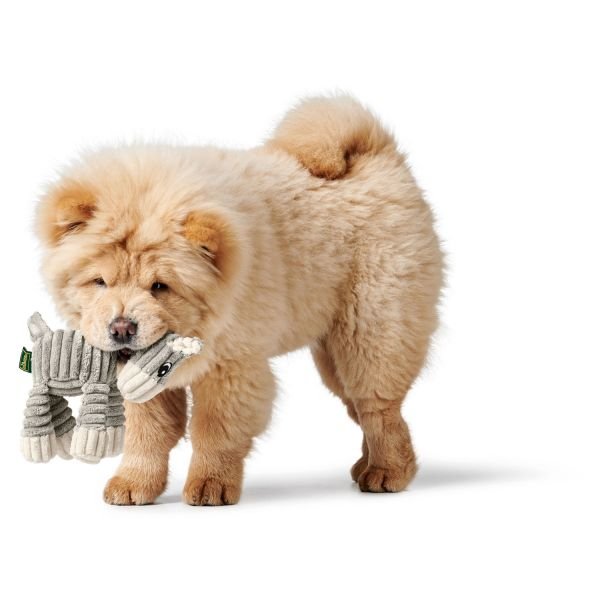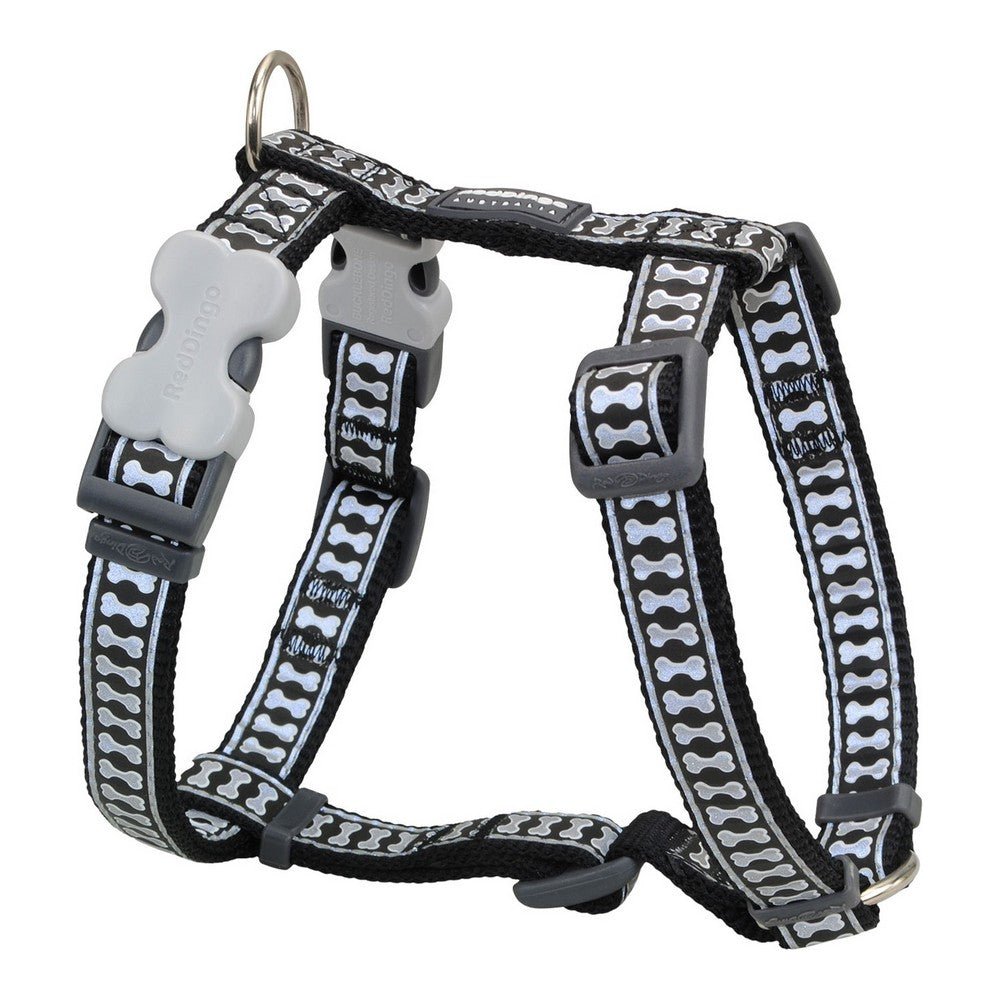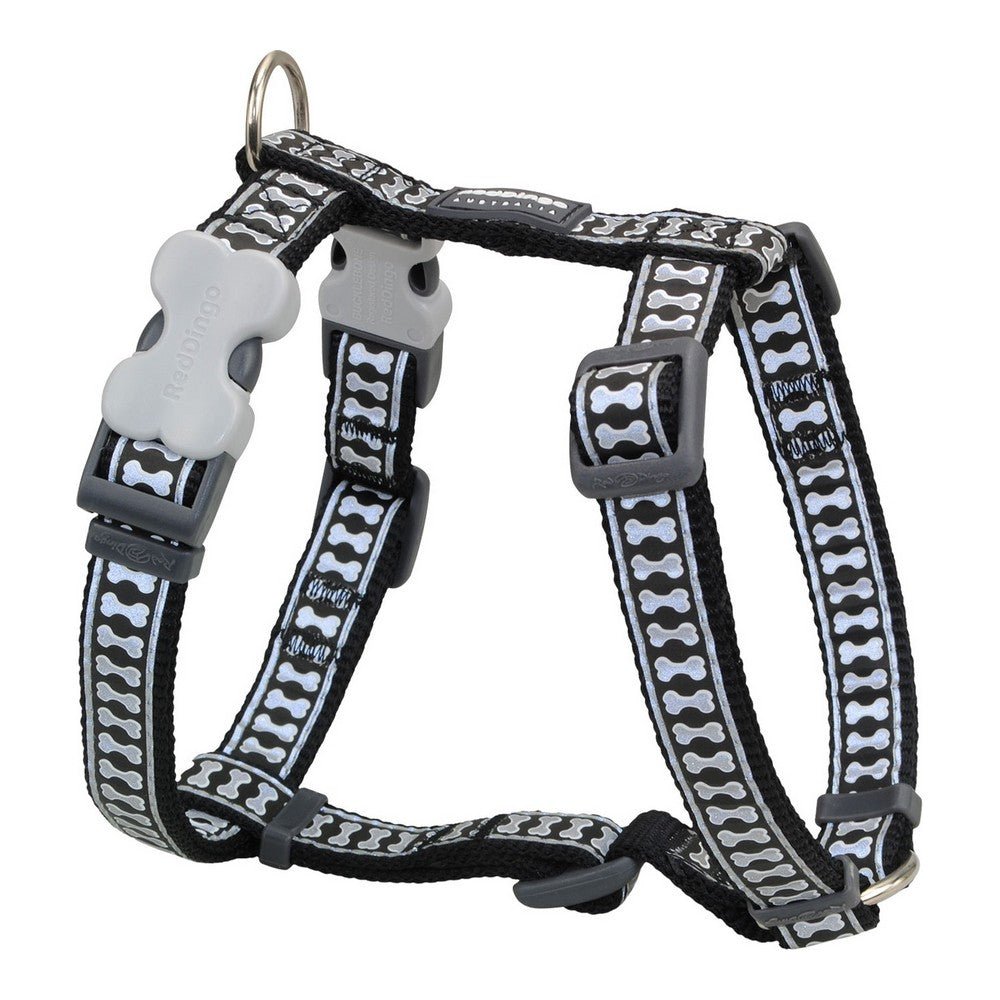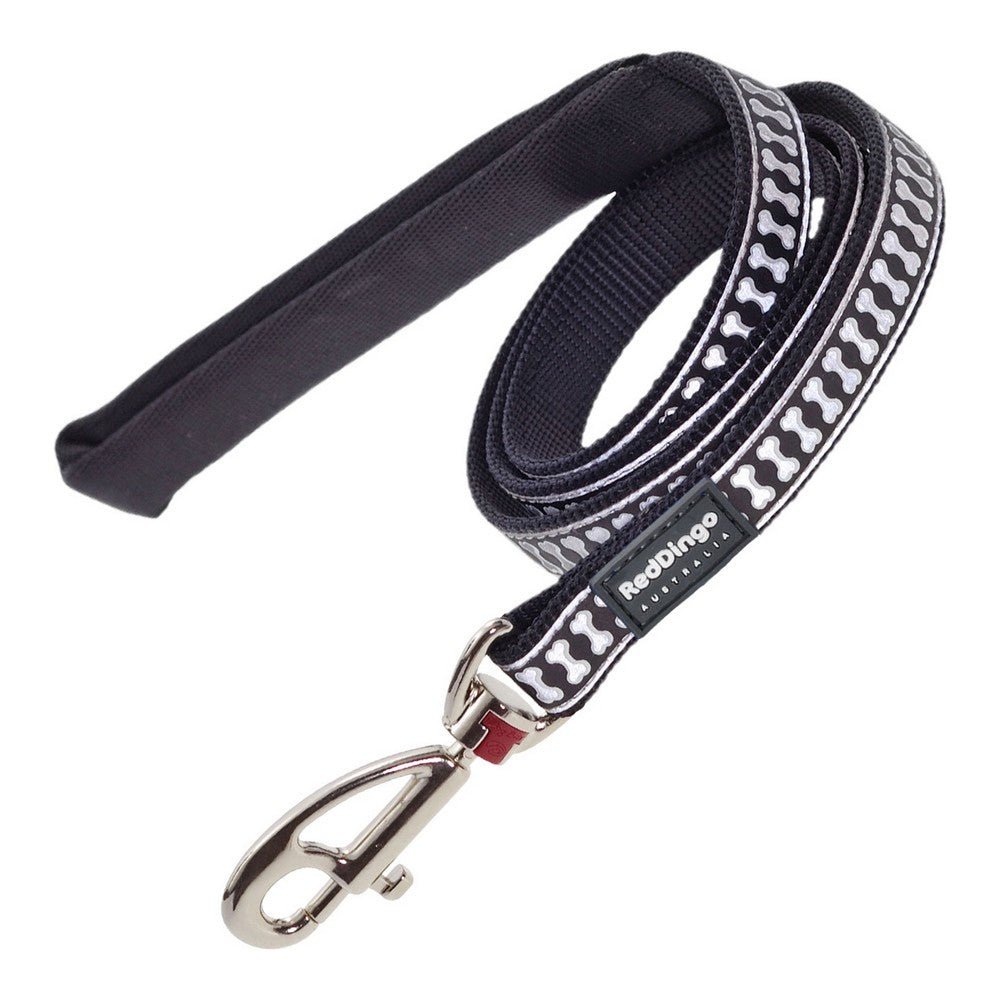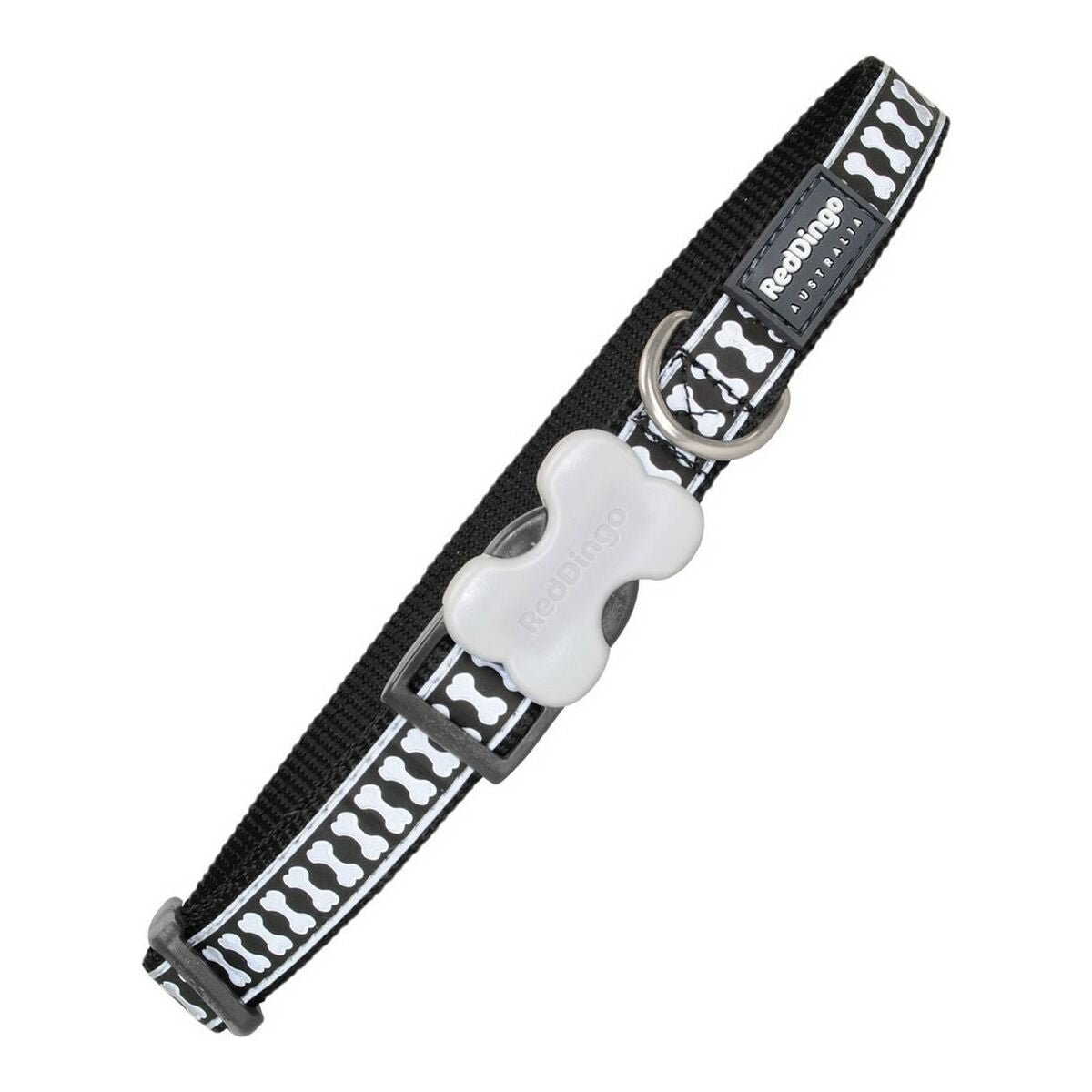Dog meetings can be difficult for both dogs and dog owners, especially if the dog is not well trained or excessively socialized.
Here are some tips for practicing dog meetings with your dog:
Introduce the dog to other dogs in controlled environments
Start by introducing your dog to other dogs in a controlled environment such as a training group or dog park where the dogs can meet under the supervision of an experienced trainer.
Be prepared to interrupt
Always keep the leash nearby and be prepared to stop the meeting if it gets too stressful or if it seems like one of the dogs is not enjoying themselves.
Practice basic obedience
Make sure your dog has good basic obedience, such as being able to sit, lie down and come on command. It makes it easier to keep control of the dog during a meeting.
Reward good behaviors
Reward your dog for good behavior during dog meetings, for example when it stays calm and compliant.
Gradual introduction
Do not be too eager to meet other dogs, let it happen gradually and let the dog himself get used to the meetings.
Teach the dog to meet other dogs in a peaceful way
Teach your dog to meet other dogs in a peaceful way, by rewarding him for showing neutral or positive behavior instead of aggressive or fearful behavior.
Keep practicing
Practice regularly and be consistent in your commands and signals. Continue to train and introduce the dog to more dogs and different environments so that it can become more comfortable meeting other dogs.
Extra tips! Train the dog to "walk"
If you train the dog to walk, that is, we walk your side, it will do it at dog meetings if you train it to do so.
To train a dog to walk, you should start by attaching a shorter leash to the dog's leash and holding it close to your side. Start walking at a calm and steady pace, say walk "foot" a little all the time and reward the dog when he walks next to you without pulling or running away. Gradually increase the distance and difficulty by walking in different environments and trying to distract the dog. It is important to be patient and not to pull on the leash, as this can frighten the dog. Practice and persistence are the keys to training a dog to walk.
It is important to note that caution is important and that all dogs are different. Be extra careful if your dog has a history of aggression or is afraid of other dogs. It is also important to consult a professional dog trainer if you have any questions or concerns.




